The Shellfish Growers Resiliency Fund will support conservation and innovation in the U.S. aquaculture industry
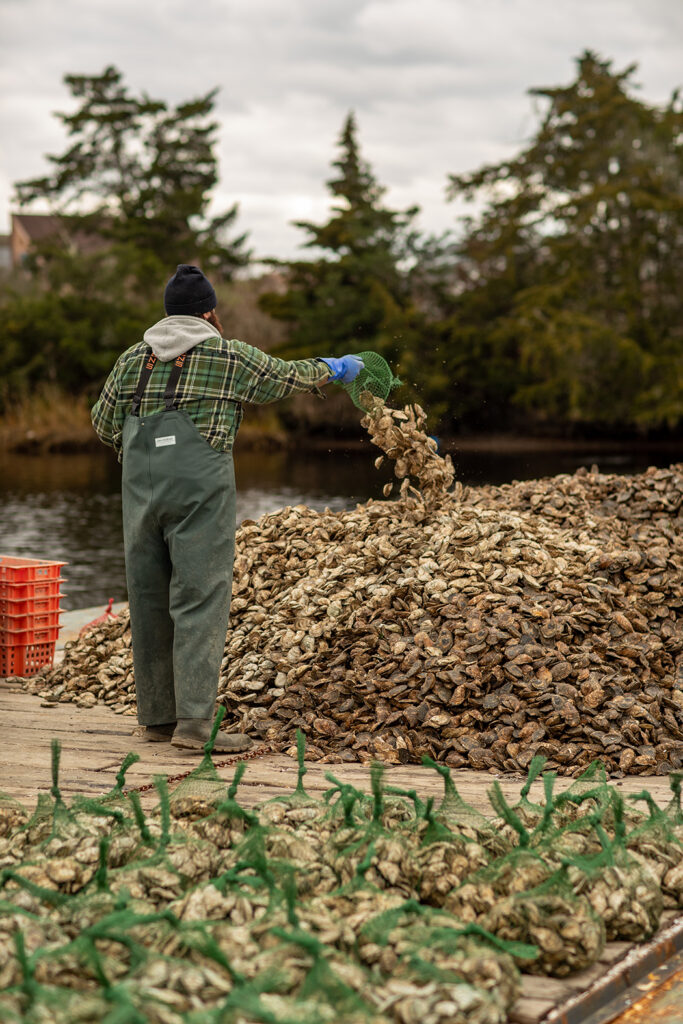
The Nature Conservancy (TNC) named the recipients of the new Supporting Oyster Aquaculture and Restoration (SOAR) Shellfish Growers Resiliency Fund (Fund). The Fund will provide a total of (U.S.) $1 million in grants to shellfish farmers and aligned organizations across the country “raising the bar” on conservation, innovation, diversity, equity and inclusion.
Awards are being distributed to 37 projects across 16 coastal U.S. states to support initiatives that encourage the aforementioned virtues in the shellfish industry; diversify products and marketing streams; encourage grower participation in marine conservation efforts; and enhance the sustainability of farming operations.
“Shellfish farming is one of the most sustainable ways of producing food, and in some cases can even be restorative, when it comes to the health of some of our most fragile marine ecosystems,” said Robert Jones, TNC’s global lead for aquaculture. “By investing in the farmers and organizations, we’re not just contributing to our conservation goals, we’re supporting livelihoods and coastal communities. We also believe that creating a more diverse industry will bring new ideas, innovations and solutions to some of the planet’s greatest challenges.”
The Fund is a continuation of the SOAR initiative – an oyster purchase program to help address the COVID-19 pandemic’s impact on the oyster aquaculture industry. With restaurant closures during the pandemic, many oyster farmers struggled to sell their products. In collaboration with The Pew Charitable Trusts, the U.S. National Oceanic and Atmospheric Administration (NOAA) and the U.S. Dept. of Agriculture, TNC launched SOAR to support struggling farmers by purchasing unsaleable live oysters for deployment on restoration sites.
“The COVID-19 pandemic exposed the shellfish industry’s vulnerability in relying upon a single revenue stream of serving raw oysters into high-end restaurants in urban centers, which crippled the industry overnight,” said Jones. “The short-term solution was to create a market to purchase the oysters for reef restoration.”
Since its inception in October 2020, SOAR has supported 125 shellfish farming companies and sustained over 450 jobs across seven states. More than 3.5 million oysters were purchased and used to help rebuild nearly 40 acres of imperiled native shellfish reefs across 25 restoration sites.
The original program sought to alleviate pandemic-related problems faced by farmers, but with markets recovering, priorities have now shifted. The SOAR team has pivoted to focusing on “building resiliency in the industry in order to mitigate the impact of future challenges.”
“Rebuilding and improving the resiliency of the industry means creating new and diversified revenue streams by developing and accessing new markets, creating new food products that are accessible to a broader customer base, and seeking economic compensation for the ecological value of farming operations,” said Jones. “It will also require addressing the historical challenges that have held the industry back from reaching its full potential: encouraging farmer innovation, ensuring equal opportunity for underserved populations, and deploying new methods, technology, and shared services to improve efficiency in farming operations that are notoriously labor-intensive. These are some of the challenges we’ve aimed to address through the Resiliency Fund awards.”
The successful projects vary but each advances the Fund’s priorities, which were established with the support of a diverse Steering Committee comprised of representatives from government agencies, growers, aquaculture associations, academia, and non-profit organizations. For example, the Maine Aquaculture Association is receiving funding to establish a “Maine Oyster Trail” to encourage gastro-eco-tourism in the state. Another recipient is designing and testing wood-floating oyster cages as a sustainable alternative to plastic aquaculture cages.
“We are hoping to gather data on the use of Purple Sea Urchins in biofouling mitigation on our oysters and gear,” said grant recipient Kyle Frey, owner and farmer of Crystal Coast Oysters in North Carolina. “By reducing the labor per oyster grown, farmers will be able to grow more shellfish successfully. This will have a direct impact on our estuaries and water quality. The more oysters, the bigger the impact on our waterways.”
“This grant gives our business an opportunity to contribute to the growth of the industry and another Norther Carolina oyster farm.”
Among those that will advance diversity, equity and inclusion in the shellfish industry, an Oceans Alaska project will create a hatchery internship program for Tribal youths to encourage Native American communities to engage in shellfish farming. In the Gulf of Mexico, the Mississippi Commercial Fisheries United will be creating training and outreach materials to engage Viet and Latino fishing communities in shellfish farming.
“These projects will support sustainable economic growth and they’ll also improve the resilience of coastal habitats – which in turn can provide valuable benefits: from greater storm protection to more jobs to cleaner water,” said Aaron Kornbluth, a senior officer with Pew’s conserving marine life in the U.S. project. “Shellfish growers can be ideal partners in conservation and we’re excited to be building connections between them and scientists, resource managers and the public.”
Aside from their popularity on fine dining menus, oysters are excellent water filterers and natural buffers for coastal communities. Farmed or wild, a healthy adult oyster can filter up to 50 gallons of water daily, removing excess nutrients and other pollutants in coastal waters, often caused by runoff of land-based agriculture. Oyster reefs, which can be made of clusters of hundreds of thousands of oysters, help protect shorelines from erosion by serving as natural buffers against rising tides and hurricanes.
But despite the many benefits they provide, oyster reefs are the most imperiled marine habitat on Earth. Globally, over 85 percent of oyster reefs have disappeared due to overharvesting, diseases and habitat modification. Oyster reefs have largely disappeared in the northeast US and most areas of the world. In the mid-Atlantic and New England, less than 1 percent of the historic oyster reefs are remaining, and Jones said that a key reason to restore them is for “the benefits they provide coastal communities and the connected economies.”
“In the Choptank River Complex in Maryland, there have been $54 million dollars spent restoring reefs,” said Jones. “But those reefs are producing $23 million in commercial fisheries landings every year. $11 million of that is extra blue crabs produced from those reefs, and that doesn’t account for the recreational fishery. So we get enormous benefits from these reefs.”
The Fund is currently structured to run as a one-time competition, but Jones told the Advocate that TNC is “actively seeking resources to continue the fund in future years.”
Follow the Advocate on Twitter @GSA_Advocate
Now that you've reached the end of the article ...
… please consider supporting GSA’s mission to advance responsible seafood practices through education, advocacy and third-party assurances. The Advocate aims to document the evolution of responsible seafood practices and share the expansive knowledge of our vast network of contributors.
By becoming a Global Seafood Alliance member, you’re ensuring that all of the pre-competitive work we do through member benefits, resources and events can continue. Individual membership costs just $50 a year.
Not a GSA member? Join us.
Author
Tagged With
Related Posts
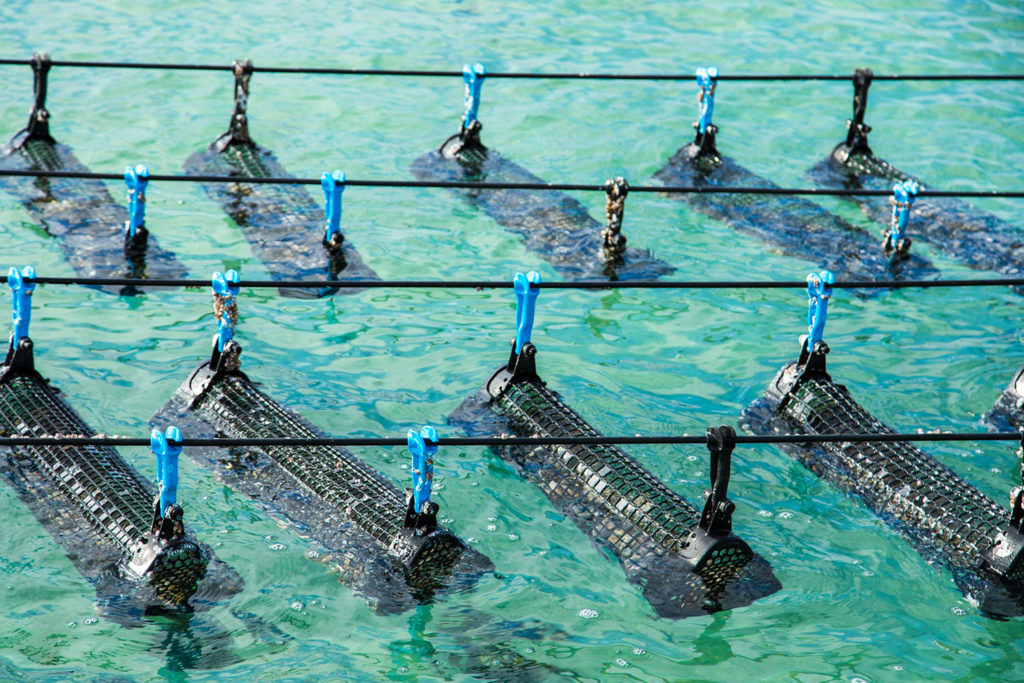
Responsibility
Advancing the ecosystem services of aquaculture
The Nature Conservancy was inactive in aquaculture until new program leader Robert Jones joined. His focus is on the positive outcomes of responsible aquaculture.
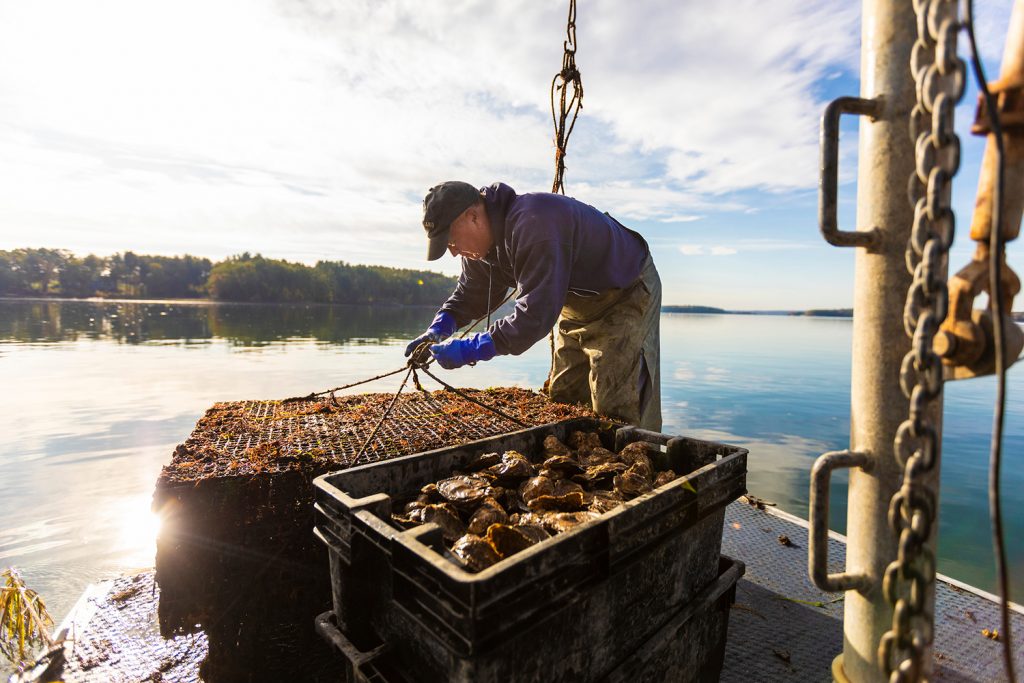
Responsibility
TNC: Restorative aquaculture can improve marine habitats, biodiversity
A report from The Nature Conservancy shows restorative or regenerative aquaculture can benefit ecosystems, marine animal habitats and biodiversity.
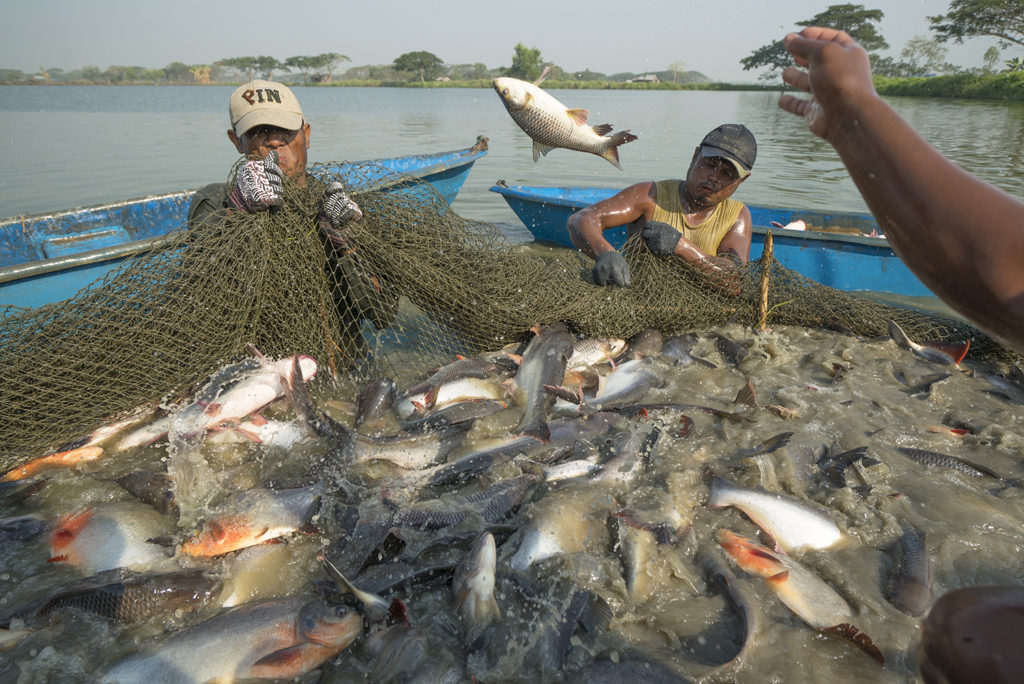
Innovation & Investment
TNC, Encourage Capital issue guidance on sustainable aquaculture investment
The Nature Conservancy and a New York investment firm issued a field guide for parties interested in accelerating the sector’s future sustainably.
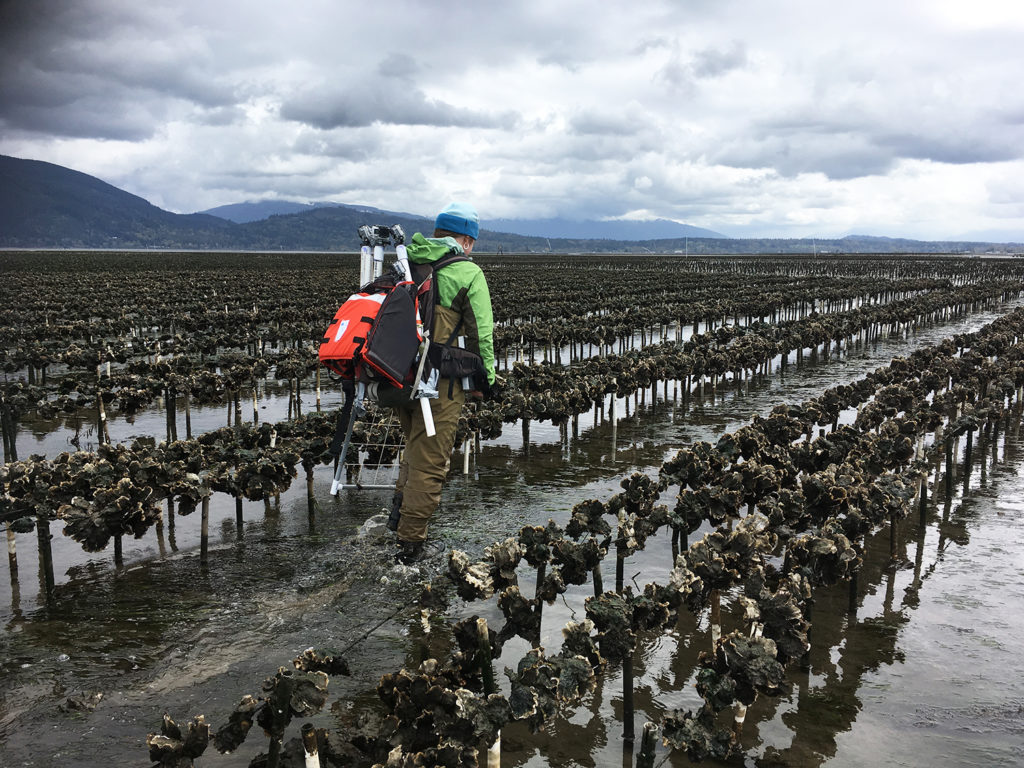
Responsibility
To protect sensitive habitat, oyster farms turn to high-tech tools
Drones and GoPro cameras are helping researchers, regulators and operators understand how shellfish farming interacts with sensitive habitats like eelgrass beds.


